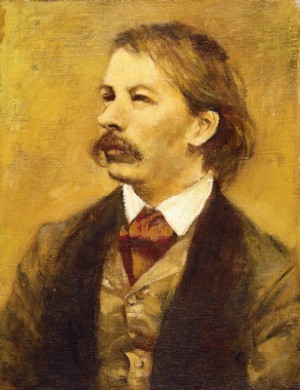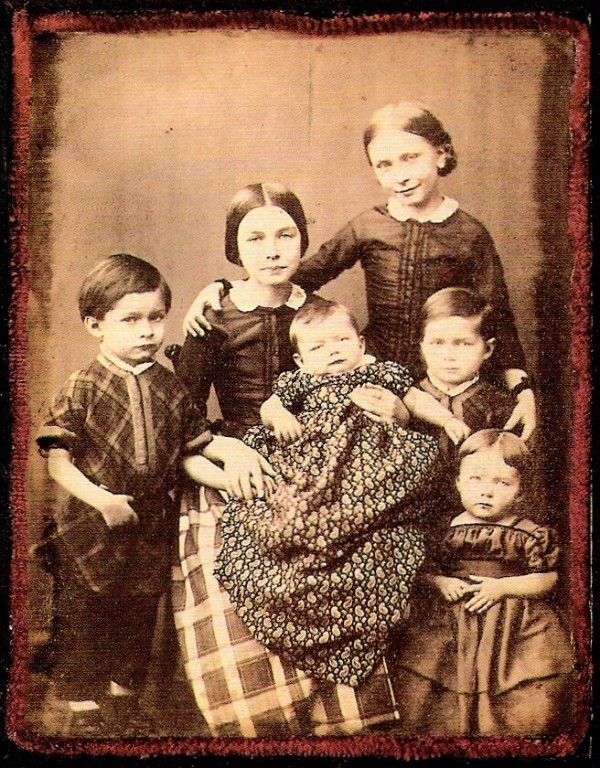Mozart fell in love with one. Another one caused a scandal by moving in with him before they were married. Yet another premiered the role of The Queen of the Night in his opera The Magic Flute. And one helped her sister care for Mozart in his dying days, later writing an important eyewitness account of his final illness and death.
So who was this extraordinary quartet of sisters whose lives intersected with Mozart’s so often? Today we’re looking at the history of the four Weber sisters.
Their Parents
Franz Fridolin Weber (1733-1779) and Cäcilia Cordula Stamm (1727-1793) were married in September 1756 and settled in the picturesque town of Zell im Wiesental in present-day Germany, fifty miles outside of Zurich. Franz was a bass player, music copyist, and a prompter (i.e., someone who gives singers their prompts) at the opera house. Together they had four very talented daughters: Josepha, Aloysia, Constanze, and Sophie.
Josepha Weber (1758-1819)
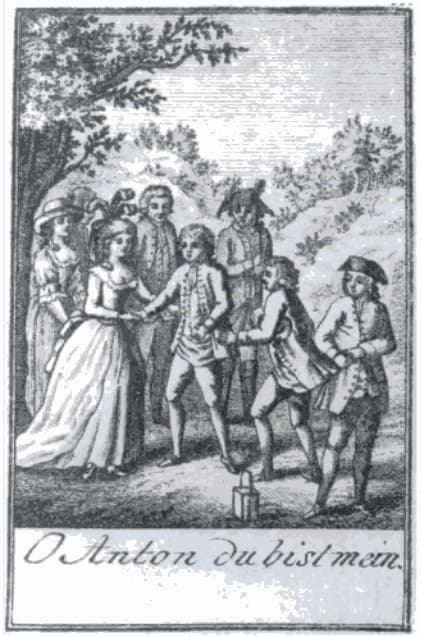
Josepha Hofer in performance with the Schikaneder troupe © Wikipedia
Josepha was the first-born, arriving in 1758. She spent her early childhood in Zell im Wiesental, but sometime after 1763, the family moved to the city of Mannheim. Later the family followed Aloysia to a couple of major metropolitan areas as she pursued her singing career. Josepha also pursued a career on the stage.
When she was thirty, she married a court violinist named Franz de Paula Hofer. But, unlike many newlywed women of the era, she refused to retire from her career as an actress and singer. Instead, she began working in a theatrical troupe based out of Vienna’s Theater auf der Wieden. After the Theater auf der Wieden’s owner died in 1789, and impresario and jack-of-all-trades Emanuel Schikaneder took over, he asked her to stay in the theater company, suggesting that he felt she was talented.
Two years later, Schikaneder collaborated with his friend Wolfgang Amadeus Mozart and wrote the libretto to a little Singspiel called The Magic Flute. Weber had a very important role in her boss’s and brother-in-law’s opera: the Queen of the Night! It was a role she’d keep in her repertoire for years to come.
Tragically, her husband only lived for a few years after their marriage, dying in 1796. The following year, she married bass singer Sebastian Meier. She was almost forty; he was twenty-four. She died in Vienna in 1819.
Wolfgang Amadeus Mozart: Die Zauberflöte (The Magic Flute), K. 620, Act II: Der Hölle Rache kocht in meinem Herzen (Wilma Lipp, soprano; Vienna Philharmonic Orchestra; Wilhelm Furtwängler, cond.)
Aloysia Weber (ca 1760-1839)
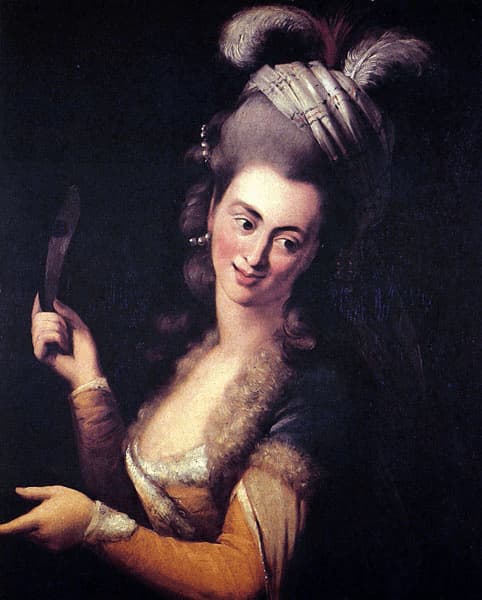
Aloysia Weber as Zémire in André Grétry’s opera Zémire et Azor,
painting by Johann Baptist von Lampi the Elder © Wikipedia
Aloysia spent her childhood in Zell im Wiesental and Mannheim. While in Mannheim, in her late teens, she began taking lessons from a famous musician named Wolfgang Amadeus Mozart. He wrote approvingly to his father that she “sings from her heart and most likes singing cantabile.” He even wrote the recitative and aria “Alcandro, lo confesso/Non sò, d’onde viene”, K. 294, for her. She returned to him after she learned it and he reported back to his father: “I was obliged to admit that she had sung it exactly as I had wanted it and as I would have taught it to her myself.”
Wolfgang Amadeus Mozart: “Alcandro, lo confesso/Non sò, d’onde viene”, K. 294
Mozart fell in love with her, but apparently, she didn’t return his affection, or maybe she valued the chance to pursue her career more.
When she was eighteen, she moved to Munich and made her operatic debut there. Before long, she was out-earning her father. While in Munich, she also had a famous encounter with Mozart. She didn’t pay attention to him, so Mozart sat down at a piano and sang “Leck mir das Mensch im Arsch, das mich nicht will,” which, translated into English, means something akin to “The one who doesn’t want me can kiss my ass.” Not surprisingly, this did not endear him to her!
Wolfgang Amadeus Mozart: Leck mich im Arsch, K. 231 (Chorus Viennensis; Uwe Christian Harrer, cond.)
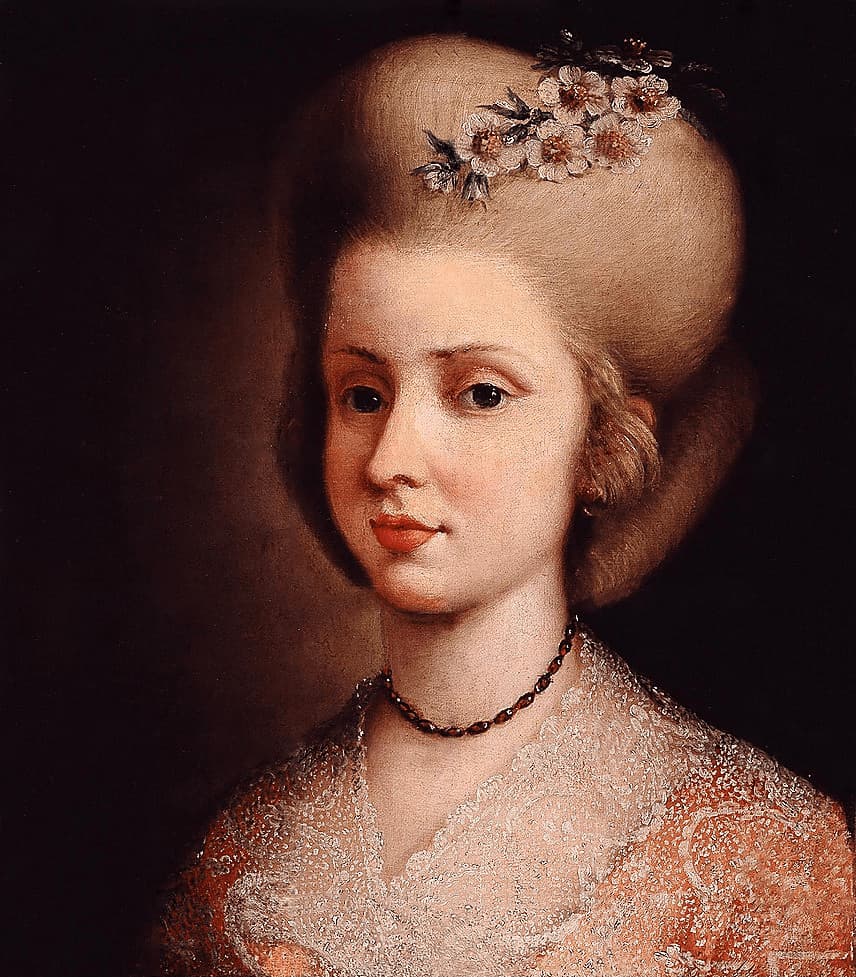
Aloysia Weber; anonymous portrait © Wikipedia
At nineteen, she was invited to work in Vienna, so in September of 1779, her entire family moved with her there. But just a month into their stay, tragedy struck when her father died suddenly. Luckily, Aloysia could earn money by performing, keeping the economically vulnerable women from destitution. In the fall of 1780, she married an actor named Joseph Lange, but only after he agreed to pay her mother a monthly stipend to replace the income that her mother was losing from Aloysia’s departure.
Another way the Weber women earned money was by taking in boarders. One of them was none other than Mozart himself. Apparently, Aloysia and Wolfgang’s teenage tiff blew over, because he wrote quite a lot of beautiful music for her.
In 1795 she left her husband and went on a concert tour with her widowed sister Constanze. She eventually followed Constanze and Sophie to Salzburg, where she died.
Constanze Weber (1762-1842)
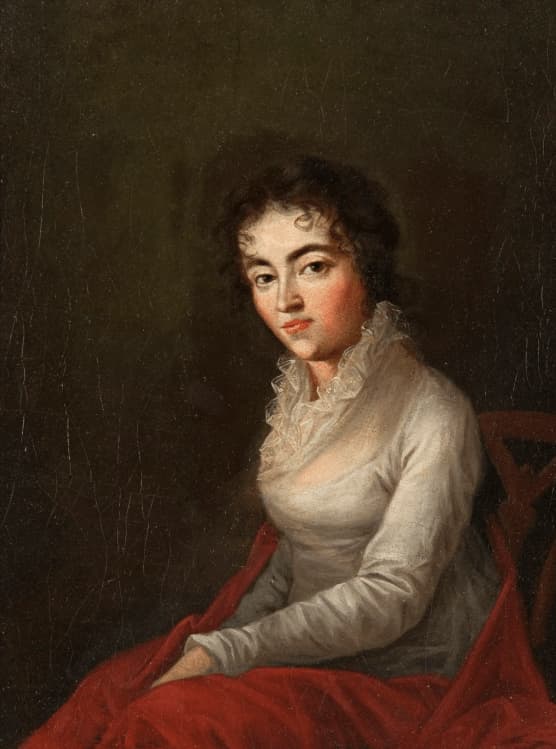
Constanze Mozart as portrayed in 1782 by her brother-in-law Joseph Lange © Wikipedia
Constanze was fifteen years old when Mozart fell in love with her older sister in 1777. But when he returned as a boarder in 1781, Constanze was nineteen, and this time, he quickly fell for her. As soon as she sussed out what was happening, the girls’ mother Cäcilia ordered Mozart to leave.
The courtship was a bit tempestuous, aggravated by the fact that Mozart’s father did not want him to marry her. On top of that, they broke up briefly in 1782 when Constanze allowed another man to measure the size of her calves as part of a parlor game. But eventually, the two got back together, and hijinks ensued. In the summer of 1782, he bluntly wrote to his father, “All the good and well-intentioned advice you have sent fails to address the case of a man who has already gone so far with a maiden. Further postponement is out of the question.” They were married in August 1782.
John Eliot Gardiner – Mozart – Mass in C minor – Et incarnatus est
Mozart had six children with Constanze, but tragically, four died in infancy. The only two children who survived were Karl Thomas Mozart, who was born in 1784, and Franz Xaver Wolfgang Mozart, who arrived just four months before his father’s death in 1791. Franz Xaver Wolfgang did become a composer, but he was ultimately overshadowed by his father’s reputation.
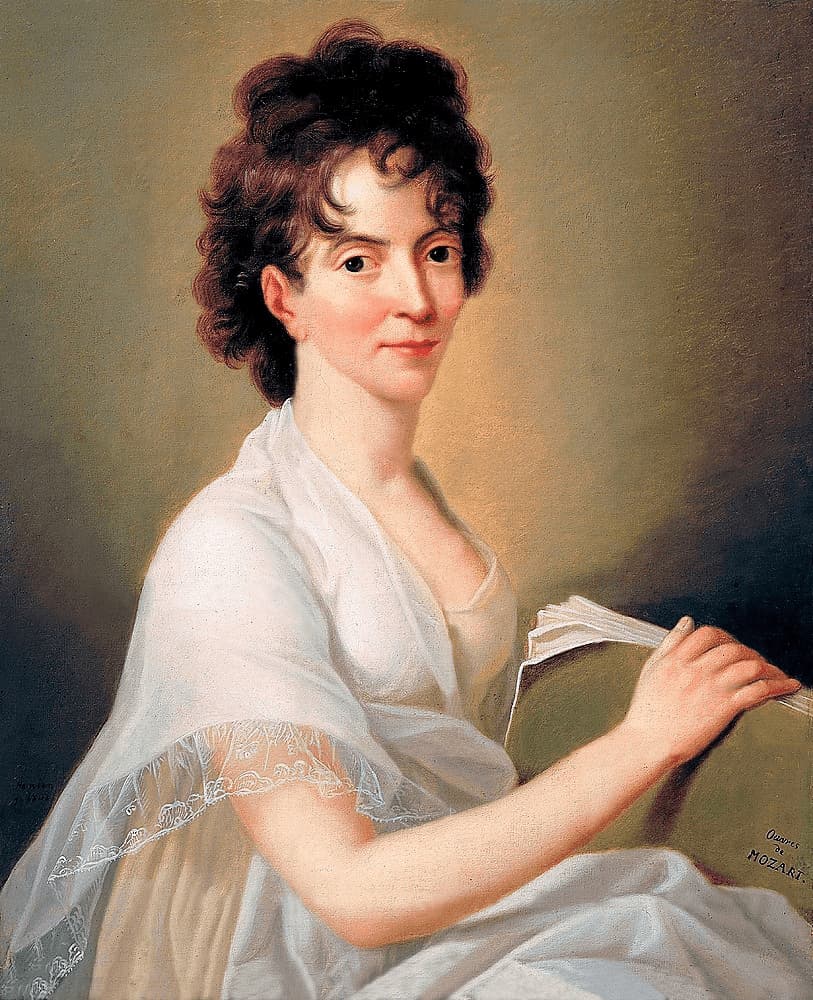
Constanze in 1802, portrait by Hans Hansen © Wikipedia
After her husband’s death, Constanze embarked on a lifelong project to publicize her husband’s works. She eventually became wealthy from her savvy promotional moves. She even married a man named Georg Nikolaus von Nissen who wrote an important biography of Wolfgang. After he died in 1826, she remained unmarried and lived with her sisters in Salzburg.
Mitsuko Uchida Plays Mozart’s Piano Concerto No. 18 K.456
Sophie Weber (1763-1846)
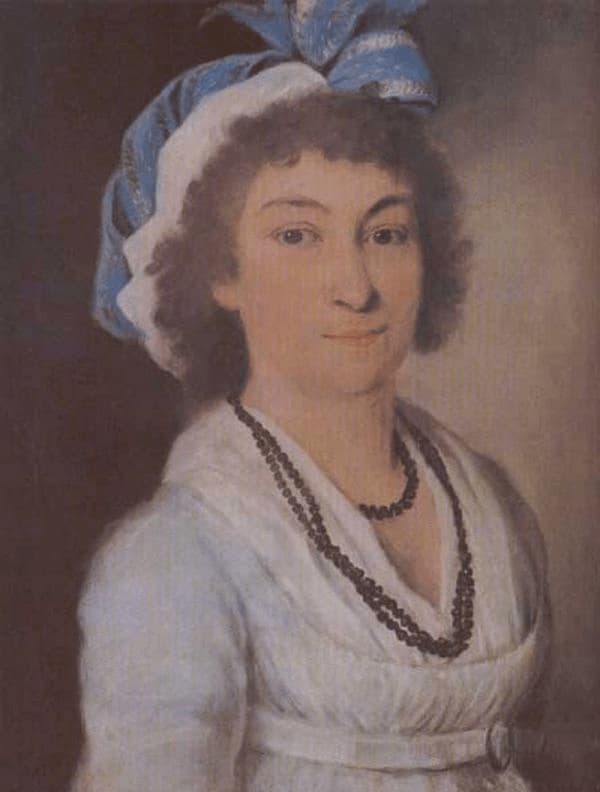
Maria Sophie Weber © Wikipedia
Sophie attempted to walk in her sisters’ footsteps by becoming a singer, but she had limited success. In a 1782 letter, Mozart called her “good-natured but feather-brained.” Consequently, we know comparatively little about her compared to her sisters.
When she was 28, she was in Constanze’s household when Mozart got sick, helping to care for him and keep the household together. She gave an account to Constanze’s second husband von Nissen of the tragedy.
In 1807 she married a singer and actor named Jakob Haibel, who was also a member of one of the troupes of Emanuel Schikaneder. Haibel died in 1826. After his death, Sophie moved in with her other single sisters in Salzburg, where they’d settled. She ended up being the last of the siblings to die, at the age of 83.
For more of the best in classical music, sign up for our E-Newsletter


